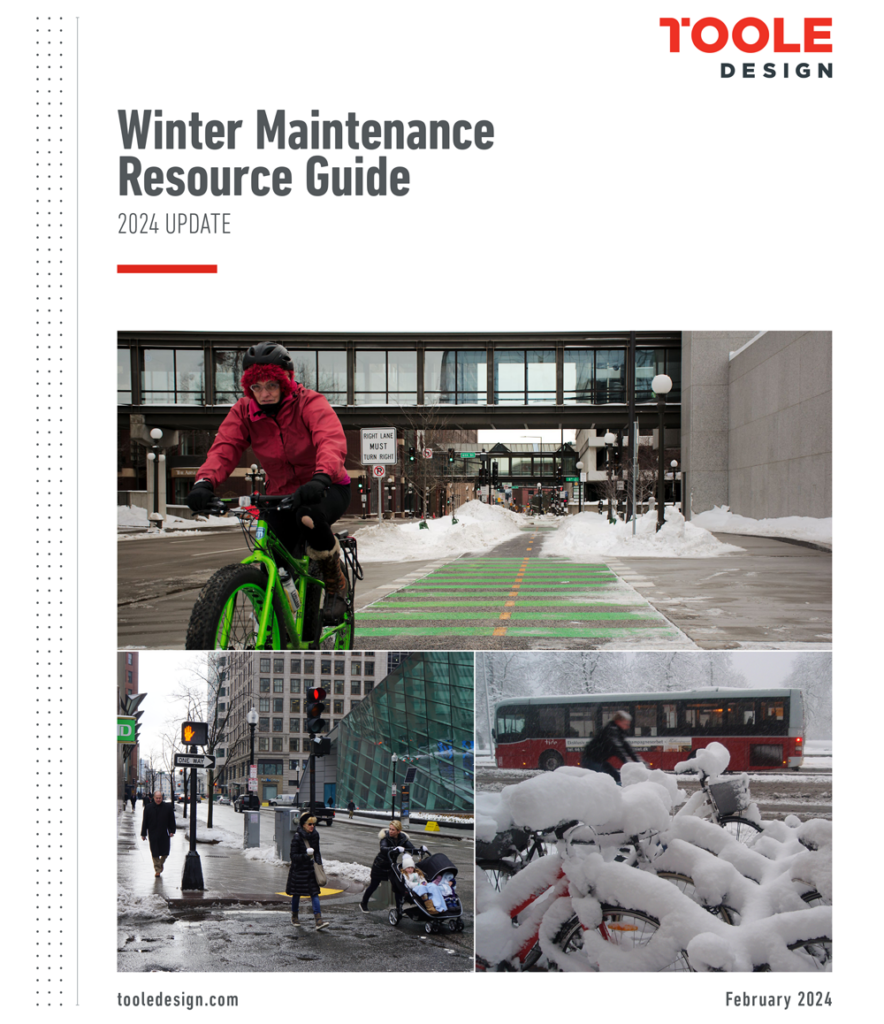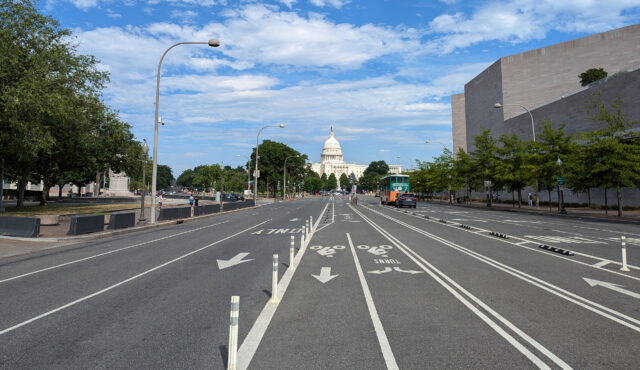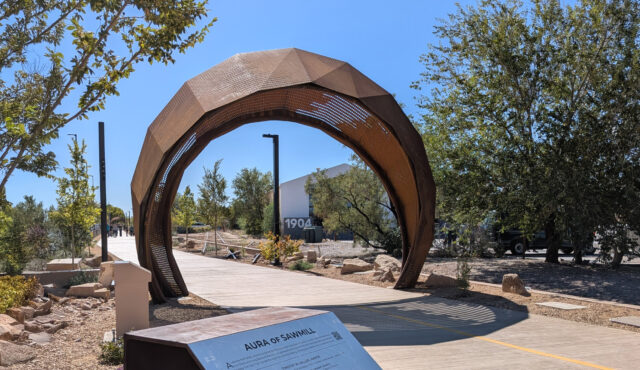Maintaining bicycle and pedestrian infrastructure is important all year long. It is especially important in winter, when factors such as snow and ice can make conditions unsafe for the significant numbers of people who rely on walkways and bikeways to get around.
But how should you maintain sidewalks, bike lanes, and trails in the winter? And whose responsibility is it? As communities across North America dedicate more space to multimodal transportation infrastructure, maintaining walkways and bikeways in winter weather can be a new and challenging prospect.
To help communities navigate that challenge, we’ve updated our Winter Maintenance Resource Guide. Inside, you’ll find the 10 most frequently asked winter-weather questions we hear from clients, partners, and communities — along with answers from our staff of experts in the Midwest and Canada.
The updated guide summarizes our knowledge and advice on an array of topics related to winter maintenance, including:
- Who is responsible for winter maintenance?
- What are the best ways to remove snow and ice?
- What types of equipment are needed?
It also answers questions related to funding sources, ADA compliance, snow removal around traffic calming elements, and more.
Download the updated Winter Maintenance Resource Guide for answers to all 10 questions.
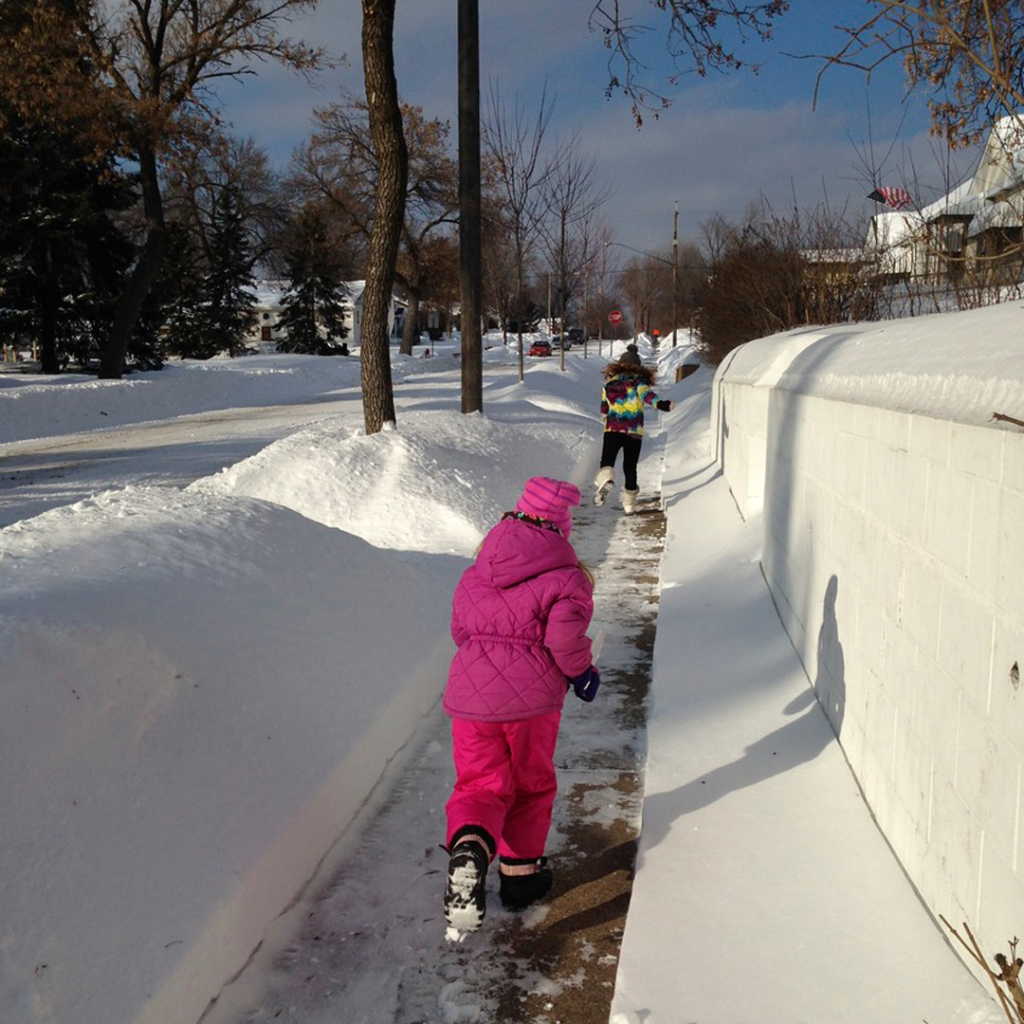
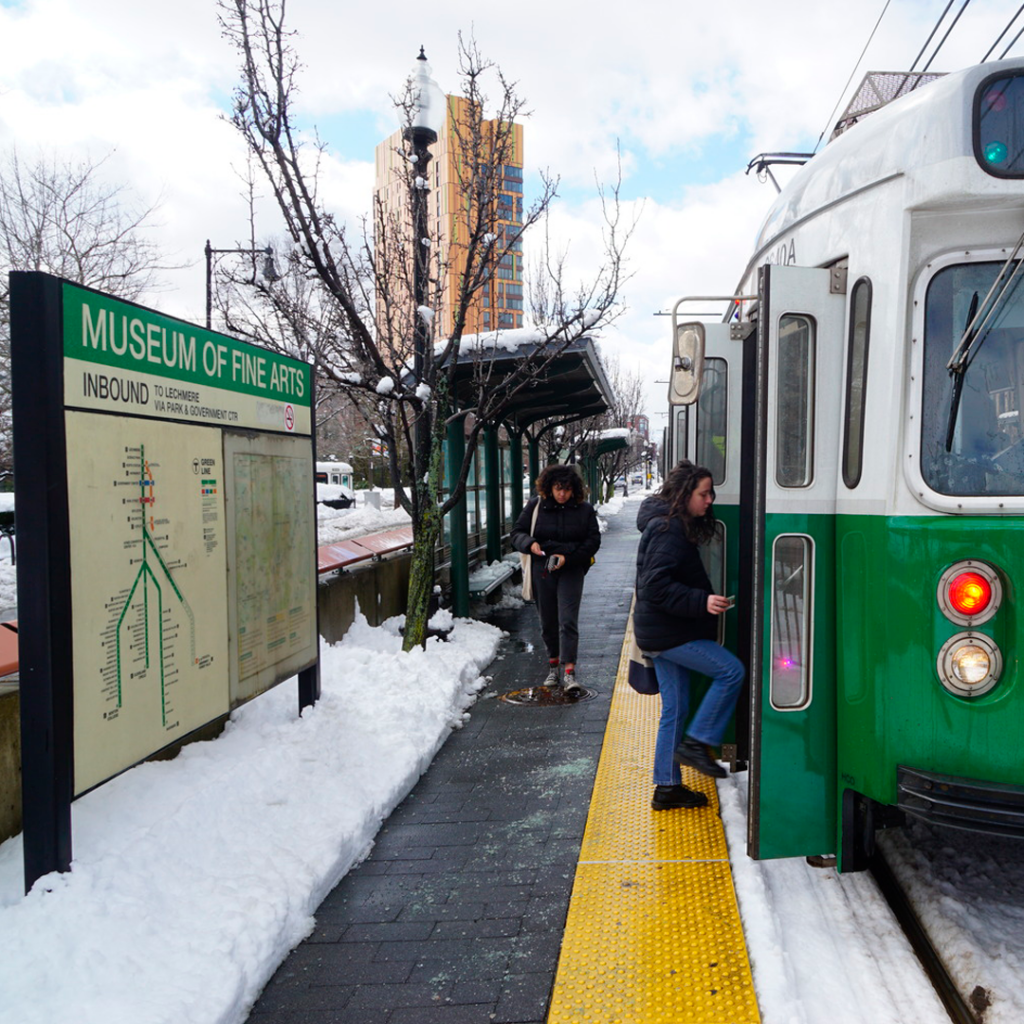
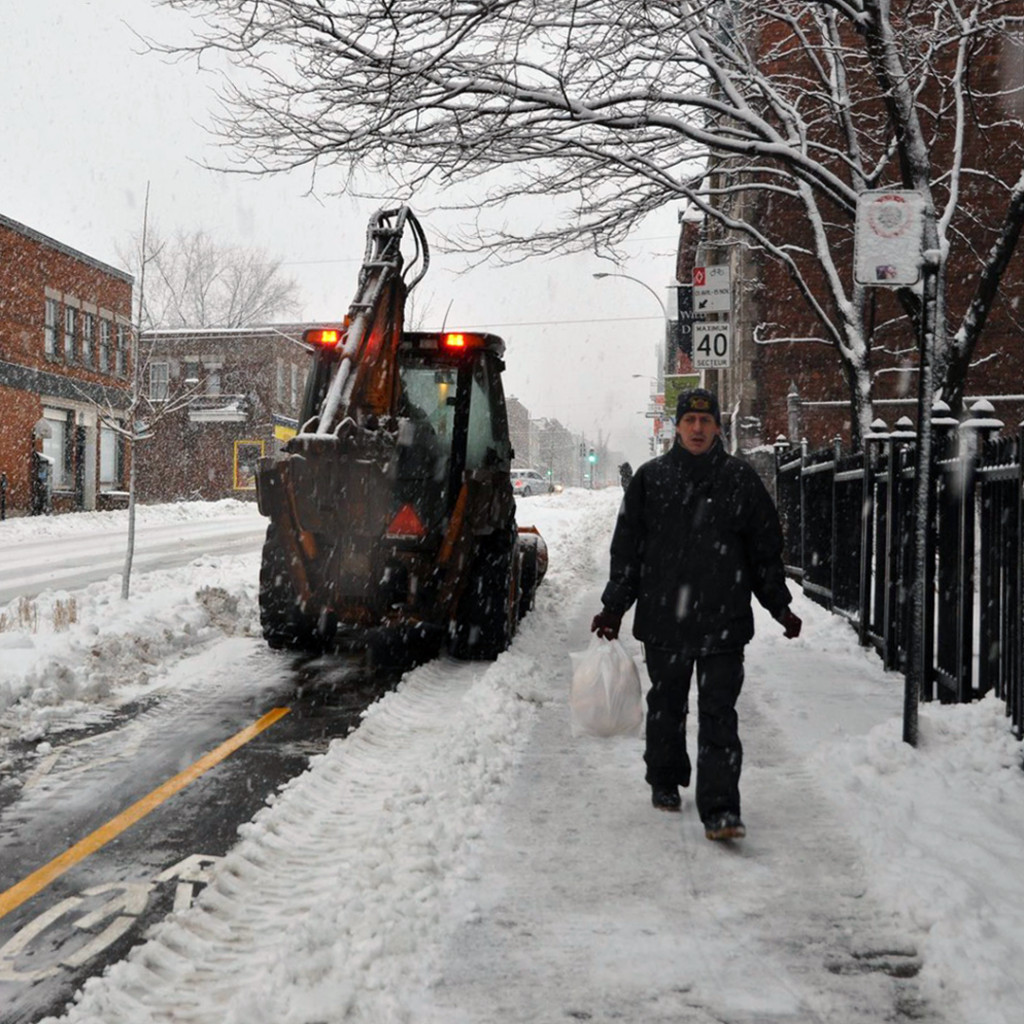
Creating a comfortable environment for walking and bicycling year-round is a unique practice area that requires legal, technical, and design considerations to operate successfully. But with thoughtful planning, clear policies, agency coordination, and appropriate staffing and equipment, it’s certainly possible to perform the maintenance needed to keep people walking and bicycling through the winter months.
